 |
 |
 |
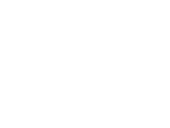
|
Detail of 20-armed Venetian glass light crown with a decoration of red and white twisted glass in the cabinet of prince Hendrik de Zeevaarder, maker unknown, dating 19th century
Photo: Palace ' het Loo', Stef Verstraaten
|
|
 |
PALEIS HET LOO
WE WILLEM
The kings that created the Netherlands
Through 27/4/2014
Paleis Het Loo’s new show ‘We Willem, the kings that created the Netherlands’ is an innovative concept of exhibition-making, a multimedia object theatre that will be open to visitors as of 19 October. Multimedia presentations, theatrical effects and film scenes are being used in an entirely fresh way to tell the story of the lives of the kings, Willem I, II and III, and the role they played in the establishment of the monarchy and the creation of the Netherlands. This special project was made possible thanks to the participants in the BankGiro Loterij.
|

|
Posted 25 March 2014
|
Share this:
|
|
On the occasion of the bicentenary of the Kingdom of the Netherlands in 2013 Paleis Het Loo is presenting the history of three of the country’s kings, Willem I, II and III, their era and their role in the history of the royal house in the Netherlands. Who were Willem I, II and III? What were their ambitions and dreams and what was their relationship to the political world and the people at large?
|
|
|
|
|
|
|
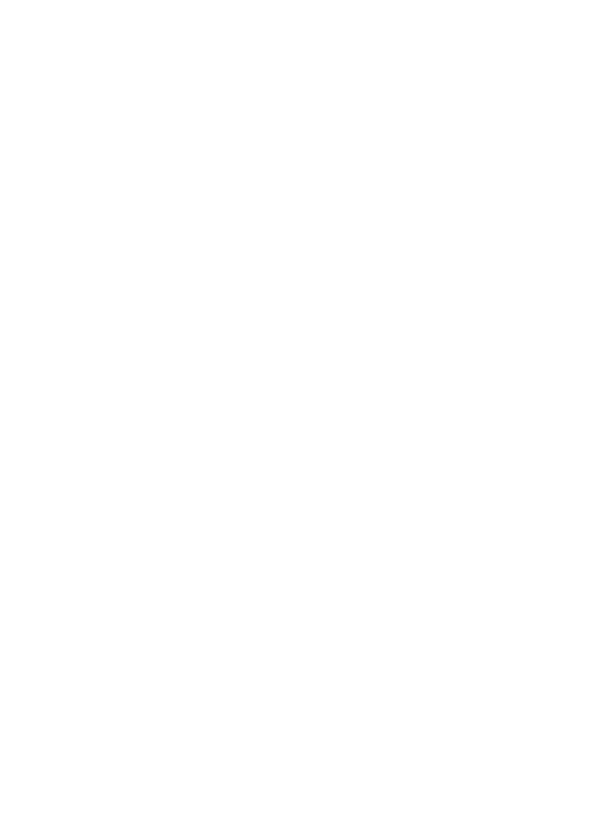
Nine-armed chandeliers with the coats of arms of William IV and Anna Paulowna and the Seven Provinces in the cabinet of William IV, crystal glass, probably made in Chenée, Belgium, dating 1747-1751
Photo: Palace ' het Loo'
|
|
|
|
|

|

|

|
The history of the kingdom of the Netherlands will be brought to life in different ways in various rooms of the west wing of Paleis Het Loo. Visitors walk from scene to scene depicting life at court in the 19th century. Having been introduced to the kings and their contemporaries, members of the public take a seat in a small theatre for a multimedia presentation of the first period of the monarchy: the arrival of Willem I in Scheveningen, the battle of Waterloo, the secession of Belgium, the creation of the Netherlands, the marriage of Willem II. Parts of the collection are incorporated into the show alongside new and existing visual materials. Visitors then walk over a bridge to the view the second half of the 19th century; the adoption of the constitution, the death of King Willem II and the reign of King Willem III. Queen Emma takes viewers by the hand in the last room in the transition to the modern version of the monarchy.
On the top floor visitors can see the palace travel studio with craft activities, quizzes and games. A lesson package is available designed for primary school children in groups 7/8.
The concept and design of ‘We Willem, meet the kings that created the Netherlands’ was developed in collaboration with Di Colore & Bardet design. Brandwacht & Meijer, Lichtpunt and MAV Techniek are responsible for the implementatio
|
|
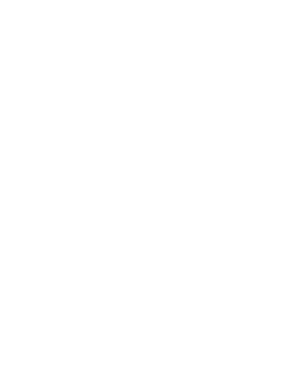
Mirror in monumental frame with mirrored plate glass in the border, 18 boxes engraved with putti. This mirror hangs in the New Dining room of The royal Palace het Loo, maker unknown, dating 1660-1670
Photo: royal Palace het Loo
|
|
|
|
|

|

|

|
ROYAL SHOWPIECES
22/3/2014-29/6/2014
A royal encounter with Dutch design
From 22 March to 29 June 2014 Paleis Het Loo is presenting the work of Dutch designers in five historic interiors of the palace in an exhibition entitled ‘Royal Showpieces, a royal encounter with Dutch design’. For the first time in the history of Paleis Het Loo these traditional interiors will be given a different look. Using museum pieces from the depots along with clothing, tableware and art objects the well-known exhibition curator Nicole Uniquole is presenting a lively dialogue between the royal taste of the past and contemporary Dutch design.
The presentation ‘Royal Showpieces’ contains work from Dutch designers like Tord Boontje, Mieke Meijer, Scholten & Baijings, Scheltens & Abbenes, Paul Heijnen and Winde Rienstraas as well as foreign designers like Ingo Maurer en Ying Gao. Nicole Uniquole is assisted by the famous interior and exhibition designers Maarten Spruyt and Tsur Reshef. In 2012 Uniquole, Spruyt and Reshef mounted the successful exhibition ‘Dutch Design, House of Orange’ in the former palace of the royal family, Schloss Oranienbaum, in Dessau, Germany.
|
|
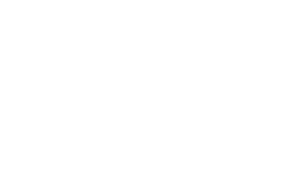
Daphna Laurens
“ By working zealously we strive to increase the value of objects and products.”
‘Ziel’
In Dutch the word ‘Ziel’, literally translated soul, refers to the dimple at the bottom of a bottle. The set of glassware ‘Ziel’ unifies these two, the physical dimple at the bottom and the abstract idea of soul. Created by Daphna Laurens, with the objective to embody their passionate and zealous approach to giving shape, the set includes a drinking glass, a carafe and a bowl.
Design by Daphna Laurens
Photo: Daphna Laurens
|
|
|
|
|

|

|

|
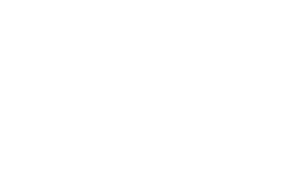
Toilet-set in pink opaline glass in modern showcase, end 19th century of 22 parts in the exposition Royal Showpieces
Photo: Menno Mulder
|
|
Uniquole’s presentation highlights details from the rich palace interiors at Het Loo which otherwise may be overwhelmed in the context of the historic setting. Items from the museum’s depots, seldom seen by the public at large, have also been selected for display. Painted and plastered ceilings are reflected in the floors, colours and music appeal to the senses and dramatic lighting effects encourage visitors to see Het Loo through different eyes. The New Dining Room, the Audience Hall, the bedchamber of King-Stadholder Willem III, the Salon of Prince Willem V and the sitting room of Queen Wilhelmina are viewed from a different perspective.
Since the opening of Paleis Het Loo to the public in 1984 the forty interiors have reflected the way in which the royal family of the House of Orange lived in the palace over a period of three centuries. Through their travels, state visits and marriages with foreign princes and princesses, the royal family came into contact with exclusive art and design. They acquired works, employed designers and acted as patrons of the art and crafts in the Netherlands. Uniquole extrapolates this line through to 2014.
PALEIS HET LOO
Ingang via Amersfoortseweg
Apeldoorn
info@paleishetloo.nl
http://www.paleishetloo.nl
|
|
|
|
|
|

|

|

|

|

|
|
|
Willem I door Joseph Paelinck, ca. 1815, Paleis Het Loo, bruikleen van Stichting Historische Verzamelingen van het Huis Oranje-Nassau, Den Haag
|
|
|
|
|
Willem II door J.A. Kruseman, 1845, Paleis Het Loo, bruikleen van Haags Historisch Museum, Den Haag
|
|
|
|
|
Willem III door Nicolaas Pieneman, 1859, Paleis Het Loo, bruikleen van Amsterdam Museum, Amsterdam
|
|
|
|
|
|


